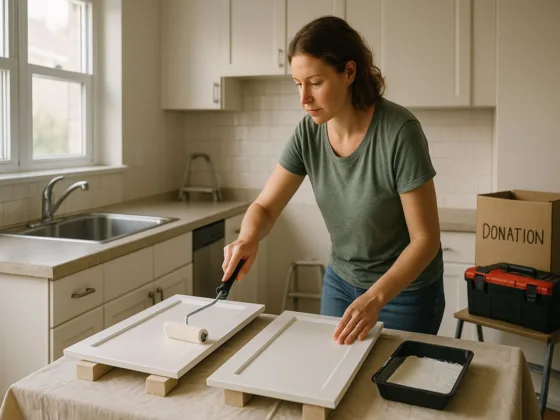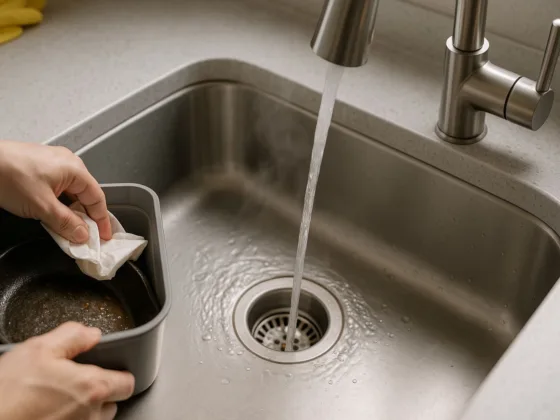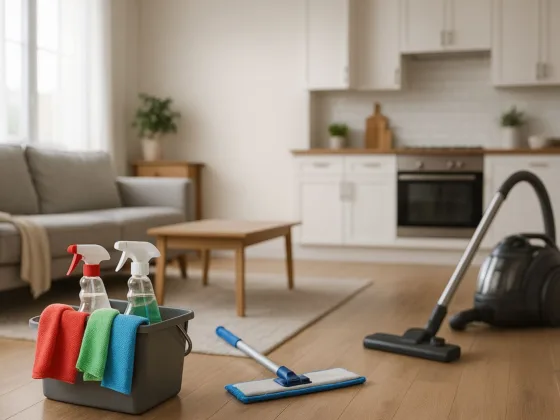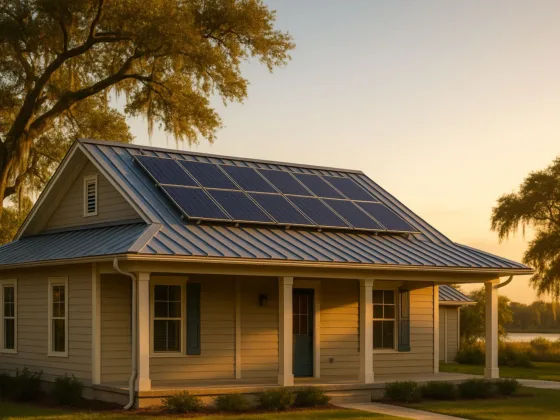Table of Contents Show
A substance known as stucco has been in existence for centuries. However, over the last hundred years or so, it has truly gone through a significant evolution. Continue reading for an overview of this material and learn the changes said product has undergone during its existence.

Overview
The product is a plaster-like substance comprised of several ingredients such as cement, water, and sand.
Construction experts maintain that the material or some variation of said product dates back to ancient Greece when it was used to adorn structures built by early Greek societies.
Since then, many different cultures have used the material for building purposes because it was durable and composed of readily available substances.
Read Also:
The Mixing Process
The key to creating the most durable, applicable material lies in how well comprising ingredients are mixed.
If the product is too thick or thin, it may not adhere to surfaces well and provide a sleek, seamless appearance that has made it popular since its inception.
Therefore, construction professionals caution homeowners not to apply the product themselves but leave said action to a contractor possessing significant experience mixing and administering the substance.
Application
The application process typically requires multiple layers. The specific amount depends upon the material the product is being applied to.
Wood surfaces receive three separate coatings. The first layer is known as the scratch coat and is applied to a metal lath covering the wood surface.
Once the coat dries, the second, or brown coat is administered. This middle layer provides the foundation for the final stage called the finish coat.
In many instances, this final phase is performed using hand trowels that gives the product the unique texture and appearance it’s widely known for.
Harder surfaces such as brick and concrete only need two coatings. An adhesive substance is affixed to the receiving surface during this particular process, and two coats are then applied.
Benefits
Construction experts maintain the material elicits home and property owners numerous benefits, including fire resistance, aesthetic appeal, insulation capacity, and energy-saving abilities.
Changes Stucco Has Seen Over the Years
The material has long been noted for its strength, durability, and capacity to produce an appealing finished product enhancing the exterior quality of any structure it is applied to. That said, it has undergone some notable alterations over time, including:
Ingredient Upgrades
In its earliest form, stucco was lime. However, as time passed, Portland cement became the preferred primary ingredient because it is considered stronger and more durable.
The Addition of Polymers
Polymers are chemical or molecular structures enabling products to bind together with greater ease. These substances were added to stucco-like products with designs on helping them better affix to the surfaces to which they are applied.
Adaptability
Some people might think of the material as white and bland. However, in reality, it can consist of numerous different colours and adhere to various designs.
Several cultures, including Spain, several Mediterranean regions, and even the English Tudor reign favoured stucco-like creations and used said products to adorn many of the homes and buildings designed by builders and architects in said cultures.
Many of today’s designs are inspired by creations first seen in the preceding locations and historical periods.
Moisture Management Is Critical
Certain early stucco-like creations did a poor job of allowing moisture to escape from its confines. This led to structural problems like cracking.
However, damp conditions additionally fostered the development of potentially health-threatening materials such as mildew and mould.
Once creators learned of these faults, said individuals worked to improve moisture retention. Ergo, many of the products used for modern-day constructions are far more moisture resistant and less likely to fall prey to the pitfalls mentioned above.










